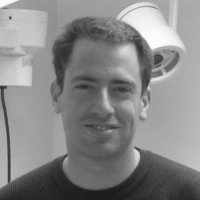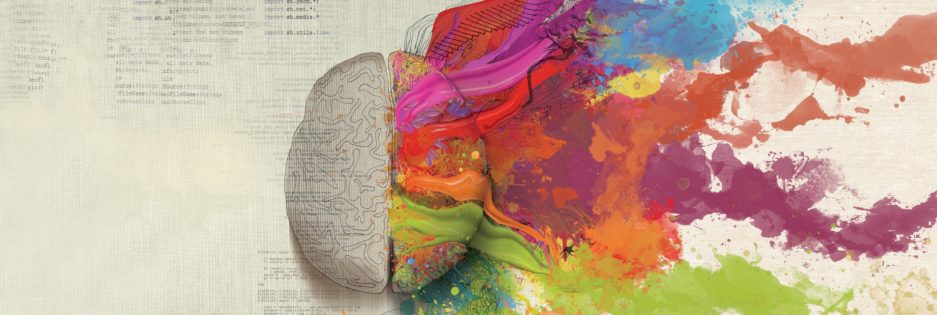In this column, I ask neuroscience professors from around the world the same five questions. Read on to learn more about their research, careers and goals for neuroscience in the future.

Interview with Jamie M. Zeitzer, Ph.D.
Associate Professor (Research) of Psychiatry and Behavioral Sciences (Sleep Medicine) Stanford University
PhD, Harvard University, Neurobiology (1999)
AB, Vassar College, Biology (1993)
1. What inspired you to pursue neuroscience as a career?
I had always enjoyed biology and math as a high school student and went I got to college I had no intention of doing neuroscience – I wasn’t really that aware of the field of neuroscience. When I took my first neuroscience course, however, I was intrigued by the idea that we could understand the biology that underlies our behaviors. It was the right kind of challange at the right time in my life, more accidental than planned.
2. What do you think is the most important goal of neuroscience research?
To better the human condition. I always keep that as a goal in all of my research projects. How does my work improve health, happiness, or contribute to future knowledge that will address these concerns. We sometimes get lost with fancy techniques and analyses, but should always keep in mind that we are, for the most part, being paid by the public to perform a public good.
3. What are the main topics and goals of your research?
My research mainly concerns examining sleep and circadian rhythms in humans, especially how to manipulate these behaviors. Circadian rhythms are a fundamental part of life – every organism thus far studied has one. These rhythms, crucially, allow us to predict events in the future so that we can optimally conserve energy and perform optimally, among other functions. A large part of my work is dedicated to finding ways to manipulate circadian rhythms to improve human health and sleep. The most common ways in which these rhythms are disrupted is through jet travel (jet lag) and erratic sleep timing (due to exposure to electric lighting). Developing potent yet simple countermeasures are critical as disruptions to circadian clocks in humans are a nearly endemic part of modern life.
4. What accomplishment do you think is the most important out of your own research?
I don’t know yet – I think if it all as a work in progress! So much of science is re-evaluating our assumptions and finding that we were wrong. I hope that some of what I have contributed has a lasting impact on our understanding of sleep and circadian rhythms, but I’ll have to wait and see!
5. What do you hope to accomplish in the next 10 years in the field of neuroscience?
Something that I’ve been working on for a few years now is trying to understand how to improve sleep on a society-wide level through passive interventions. This basically means being able to (1) record sleep without having to have a person continuously wear a device or choose to put on a device at night, (2) understand the variables that influence sleep quality at a individual level, and (3) be able to passively manipulate variables or actively inform people about changes they need to make in order to improve their sleep. These are not easy tasks as getting people to change their behavior is a very difficult thing to do, especially when it comes to sleep where the benefits are often far removed from the behavior. Look at the ubiquity of coffee and tea – we are basically caffeinating ourselves awake due to inadequate sleep, without understanding that all of that sleep loss is harming our longterm health. Developing an enclosed ecosystem that can both monitor and promote good sleep health is something that I hope I can accomplish – check back in about 10 years!
Bonus question: What is your advice to a teenager who wants to learn more about neuroscience?
Well, I guess this applies to more than just neuroscience, but you can learn an amazing amount just by carefully observing the world around you. I loved (and still do) watching animals behave (in the wild is best!) and trying to understand how their behavior is adapted to the ecological (or temporal) niche in which they live. We have more data than we know what to do with and I think that if we spent more time looking at the data, the animals, the people, we’d do much better science.
